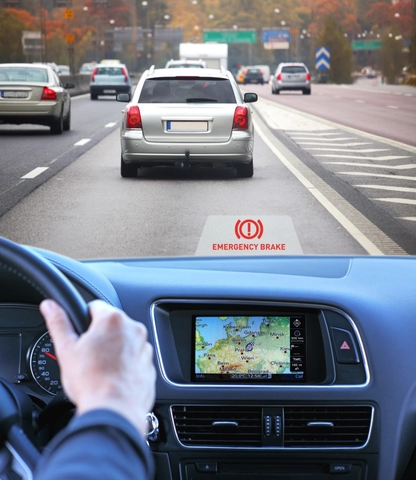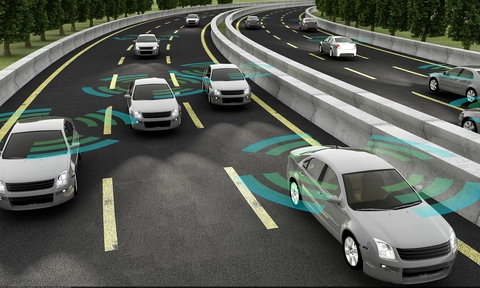Advanced Driver Assistance Systems to reach next level autonomy
Take control of your ADAS costs
To help you prepare for the age of vehicle autonomy, we have created an eBook to help OEMs thrive in the ADAS hardware era. Learn how the rise of ADAS is transforming supply chains, what costs need to be considered for a sustainable and effective supply chain, or how to calculate the potential cost of electronic failure.
You can download your free copy now and start taking control of your ADAS costs.
A fully autonomous vehicle
The path to a fully autonomous vehicle starts with creating systems that work both individually and in concert to create a safer and more efficient driving experience.
Supply chains provide hardware and software that inform the driver of potential hazards. These include the use of camera and sensor technology, which provides collision warning, lane departure warning and blind spot monitoring functions. Advanced Driver Assistance Systems (ADAS) automate this technology, providing higher levels of vehicle autonomy and intervening with the driver to create a safer outcome. This technology is already available in a wide range of today's cars, helping to reduce the chances of a collision.
Examples of this technology include:
- Sophisticated types of lane departure warning, which keep vehicles in their lanes.
- Adaptive cruise control, which keeps a safe distance from the car in front.
- Automatic Emergency Braking (AEB), which will help the driver brake the vehicle in an emergency.
To ensure required function and reliability of these safety systems, optimized material choices need to be made. Our innovation in materials leads to design freedom and improved hardware reliability.










